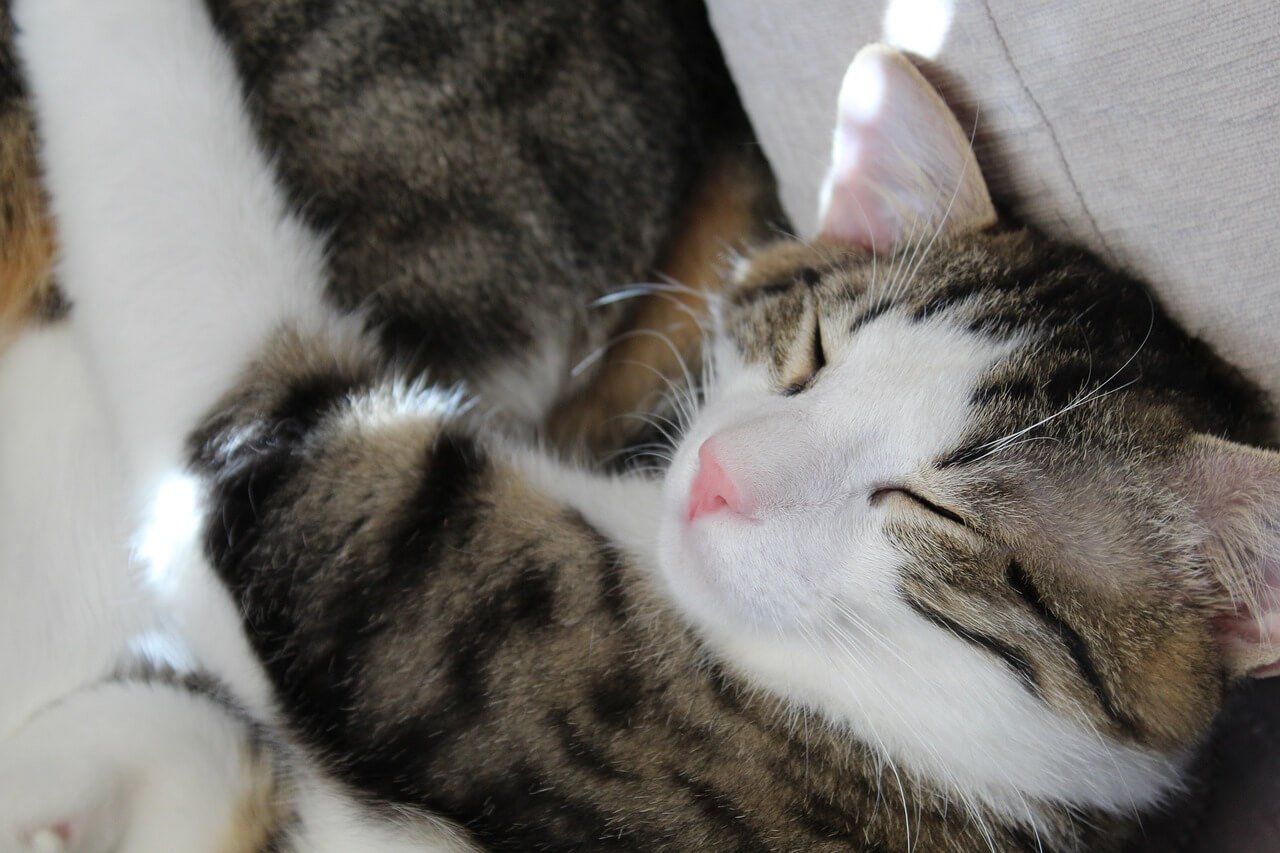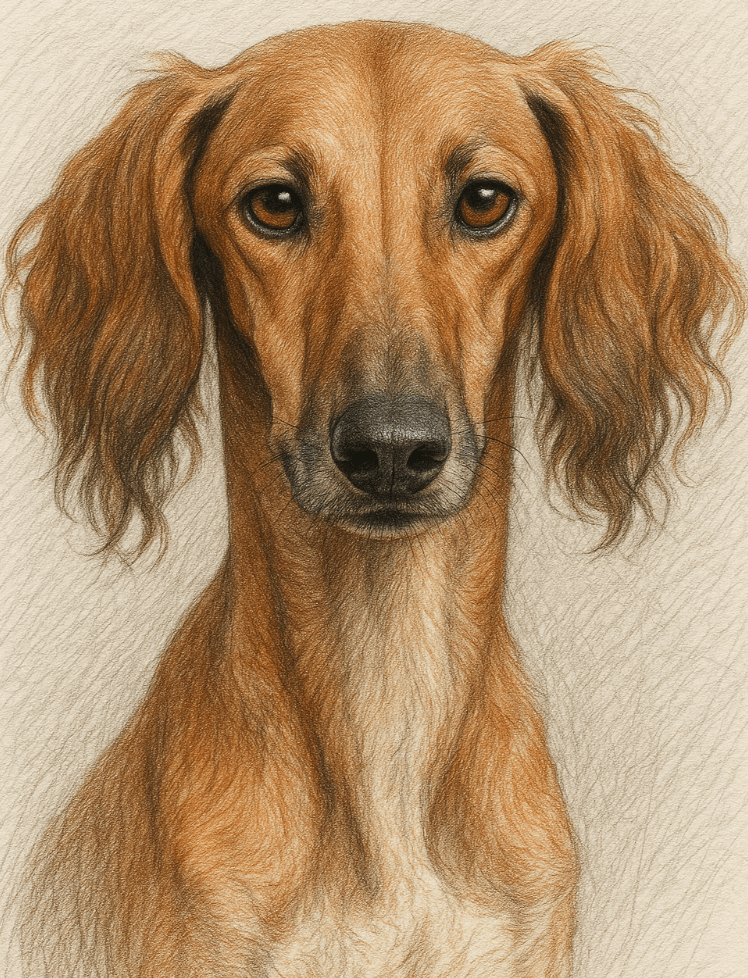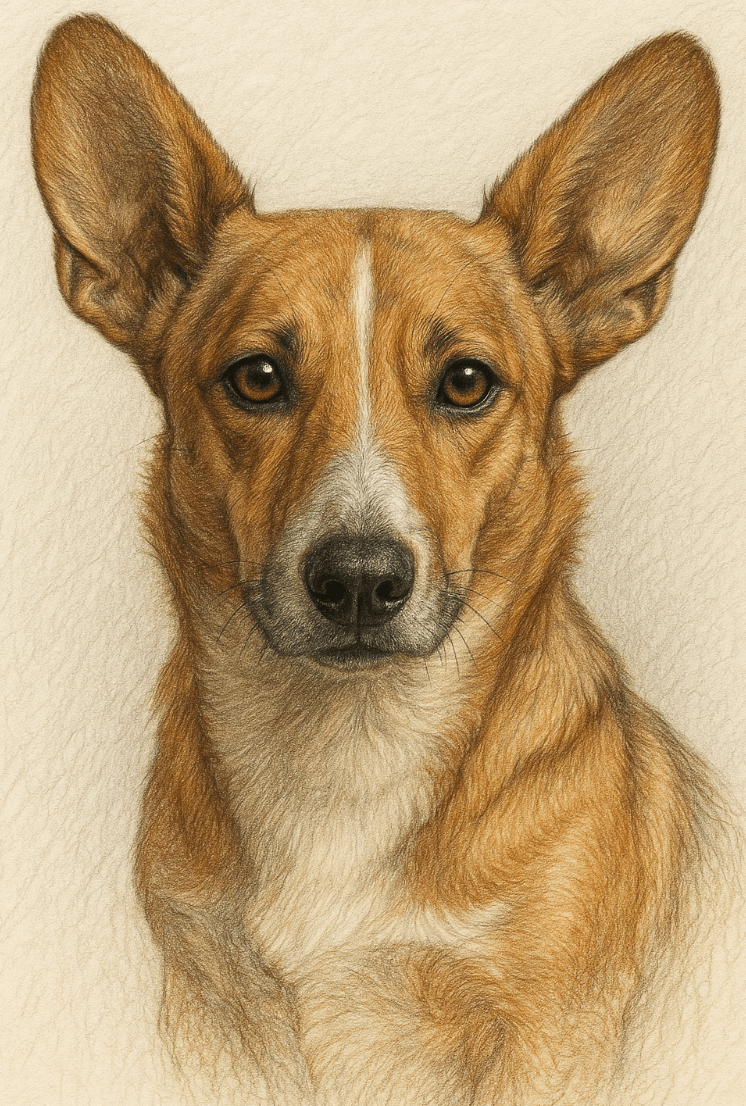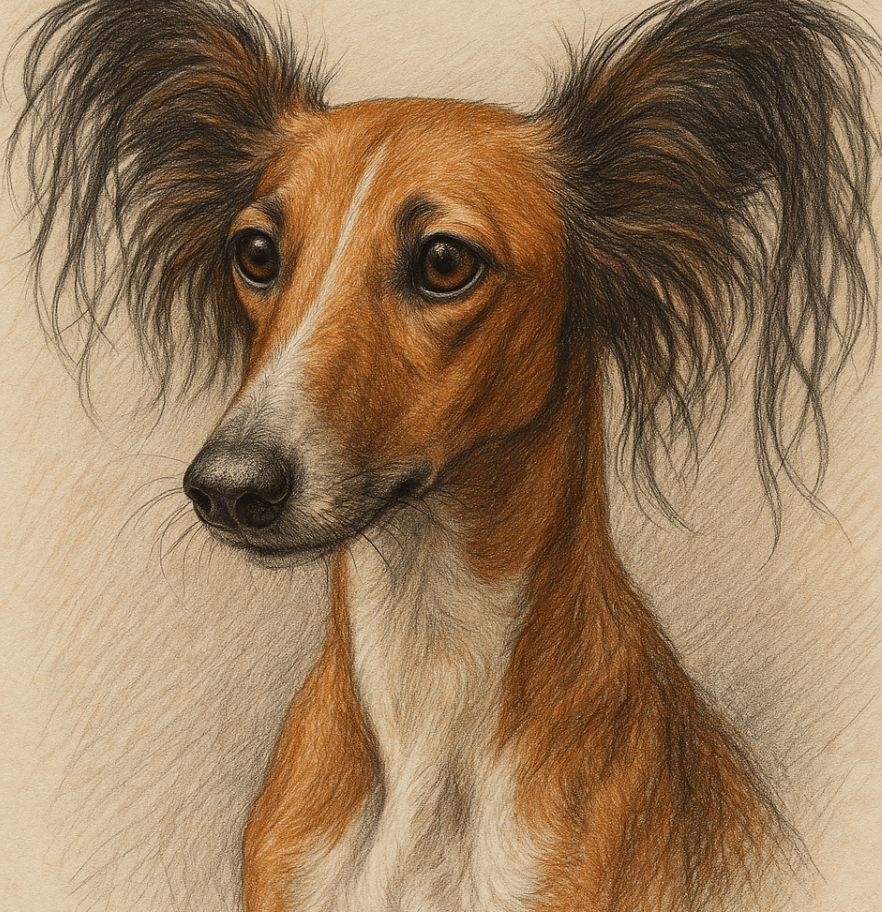The Charm of the Curled Up Cat: A Purr-fect Moment in Time
There’s something undeniably magical about watching a cat curl up into a tight ball, whether it’s on your lap, in a cozy corner, or even in the middle of the floor. This simple act, so natural and effortless for our feline friends, has fascinated humans for centuries. Cats are masters of comfort and relaxation, and their curled-up posture is not just adorable—it’s also deeply rooted in their biology and behavior. In this blog post, we’ll explore the reasons behind this iconic pose, its significance in a cat’s life, and how you can create an environment that encourages your furry companion to embrace their natural instincts.
Why Do Cats Curl Up? Understanding the Basics
Cats curling up is more than just a cute habit; it serves several practical purposes. Here’s a breakdown of why this behavior is so common:
Temperature Regulation
Cats have a higher body temperature than humans, and curling up helps them conserve heat by reducing the surface area exposed to cooler air.Protection from Predators
In the wild, curling up makes cats appear smaller and less noticeable to potential threats.Comfort and Security
The curled-up position mimics the feeling of being nestled in a safe, enclosed space, which provides emotional comfort.Muscle Relaxation
By tucking their limbs close to their body, cats can fully relax their muscles, aiding in restorative sleep.Instinctual Behavior
Even domesticated cats retain instincts from their ancestors, who often curled up to survive harsh conditions.
Understanding these factors gives us insight into how deeply ingrained this behavior is in a cat’s daily life. It’s not just about looking cute—it’s about survival, comfort, and well-being.
How to Encourage Your Cat’s Natural Curling Habit
Creating a nurturing environment for your cat can help them feel comfortable enough to curl up naturally. Consider the following tips:
Provide Soft Bedding
Cats love plush surfaces that mimic the softness of grass or fur. Invest in a high-quality bed with cushioning material.Create Cozy Spaces
Place blankets or cushions in quiet corners where your cat feels safe and undisturbed.Maintain Optimal Room Temperature
Ensure your home isn’t too cold, as cats are more likely to curl up when they need warmth.Offer Elevated Perches
Cats enjoy observing their surroundings from above. Adding shelves or cat trees can give them options to curl up while still feeling secure.Minimize Stressors
Loud noises or frequent disruptions can make your cat anxious. Keep their environment calm and predictable.
By implementing these suggestions, you can support your cat’s instinctual behaviors and ensure they feel at ease in their surroundings.
Check this guide 👉Cat Sleeping on My Chest: Best 7 Expert Behavior Tips!
Check this guide 👉 Understanding a Swollen Lip in Cats: Best 7 Health Tips!
Check this guide 👉 Why Did My Cat Attack Me? Best 7 Expert Behavior Tips!
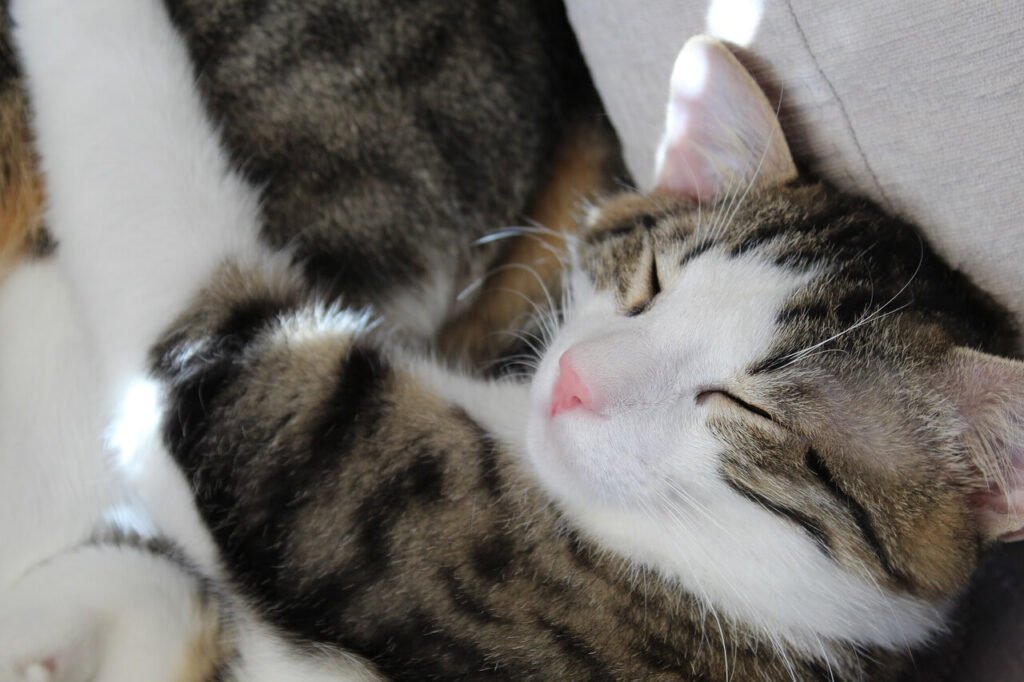
Cat Behavior | Why It Matters |
|---|---|
Curling up to sleep | Helps regulate body temperature |
Seeking small spaces | Provides a sense of security |
Purring during rest | Indicates contentment and relaxation |
Kneading before settling | Creates comfort and marks territory |
Choosing elevated spots | Offers a vantage point and safety |
Health Benefits of the Curled-Up Pose
The curled-up position doesn’t just benefit your cat emotionally—it also offers physical advantages. Below are some health-related perks of this beloved posture:
Improved Circulation
Curling up allows blood flow to circulate evenly throughout the body, promoting better overall health.Joint Protection
Tucking limbs close reduces strain on joints, which is especially helpful for older cats with arthritis.Enhanced Sleep Quality
The compact position supports deeper, uninterrupted sleep cycles, leading to better rest.Stress Reduction
The act of curling up triggers a calming response, lowering cortisol levels and increasing serotonin production.Supports Digestion
By compressing the abdomen gently, the pose may aid in digestion after meals.
These benefits demonstrate how the curled-up pose contributes to both physical and mental wellness in cats.
Fun Facts About Curled-Up Cats
Did you know there’s more to the curled-up pose than meets the eye? Check out these fascinating tidbits:
Loaf Position vs. Full Curl
When a cat sits with its paws tucked under its body (the “loaf” position), it’s still relaxed but ready to spring into action if needed.Preferred Sleeping Spot
Studies show that most cats prefer curling up near their owners, indicating trust and affection.Dreamland Access
Cats spend about 70% of their lives sleeping, and the curled-up pose is one of their favorite ways to drift off.Historical Significance
Ancient Egyptians revered cats and often depicted them curled up in art, symbolizing protection and divinity.Unique Variations
Some cats add quirky twists to the classic curl, like draping their tail over their nose or resting their chin on their paws.
These fun facts highlight the charm and complexity of this timeless feline behavior.
The Science Behind the Curl
Cats are fascinating creatures, and their tendency to curl up is rooted in both biology and evolution. Here’s a closer look at the science that explains this behavior:
Thermoregulation Mechanism
Cats lack sweat glands on most of their bodies, so they rely on external methods to regulate their temperature. Curling up minimizes heat loss by reducing exposed surface area.Energy Conservation
By curling into a compact shape, cats conserve energy during rest, which was crucial for their survival in the wild.Flexibility and Anatomy
A cat’s highly flexible spine allows them to contort their bodies into tight positions without discomfort.Behavioral Inheritance
This posture is passed down from their ancestors, who curled up to survive harsh climates and evade predators.Sleep Cycle Adaptation
The curled-up position aligns with their polyphasic sleep pattern, enabling quick transitions between light and deep sleep.
The combination of these factors highlights how deeply the curled-up pose is embedded in a cat’s physiology and evolutionary history.
The Emotional Bond of the Curled-Up Cat
When your cat curls up near you, it’s not just about comfort—it’s also a sign of trust and affection. Here’s what this behavior reveals about your bond:
Proximity as a Sign of Trust
Cats are naturally cautious animals, so choosing to curl up close to you indicates they feel safe in your presence.Comfort Through Familiar Scents
Your scent provides a sense of security, making your lap or nearby space an ideal spot for curling up.Mutual Relaxation
Studies suggest that both humans and cats experience reduced stress levels when sharing close physical proximity.Affectionate Communication
Curling up near you may be your cat’s way of expressing love and strengthening your emotional connection.Routine and Predictability
Cats thrive on consistency, and curling up in a familiar spot reinforces their sense of stability and routine.
This behavior underscores the unique bond between humans and their feline companions, reminding us of the emotional depth cats bring to our lives.
Common Misconceptions About Curled-Up Cats
While the curled-up pose is widely admired, there are some misconceptions about its meaning and implications. Let’s clarify these misunderstandings:
Myth: All Cats Curl Up the Same Way
In reality, each cat has its own variation of the curled-up pose, influenced by personality and physical condition.Myth: It Always Indicates Deep Sleep
Cats can curl up during light naps too, remaining alert to their surroundings.Myth: Only Happy Cats Curl Up
While happiness plays a role, cats may also curl up due to cold temperatures or illness, so context matters.Myth: It’s Exclusively a Domestic Behavior
Wild felines, such as lions and tigers, also exhibit similar curling behaviors to conserve heat and protect themselves.Myth: You Should Wake a Curled-Up Cat
Interrupting a cat in this position can disrupt their rest, which is essential for their health and well-being.
By understanding these nuances, we can better interpret our cats’ actions and provide them with the care and respect they deserve.
Frequently Asked Questions About Curled-Up Cats
Is it normal for my cat to always curl up when sleeping?
Yes, it’s completely normal! Curling up is a natural behavior that helps cats stay warm and feel secure.
Should I worry if my cat never curls up?
Not necessarily. Every cat has unique preferences. If your cat seems healthy and happy, there’s no cause for concern.
Can kittens curl up from birth?
Kittens start curling up shortly after birth, as it helps them stay close to their mother and siblings for warmth and safety.
Does the curled-up position mean my cat trusts me?
While it’s not a definitive sign of trust, cats often choose to curl up near people they feel comfortable with.
How can I tell if my cat is truly relaxed in the curled-up pose?
Look for signs like slow blinking, steady breathing, and relaxed ears. These indicate your cat is at ease.
Celebrating the Curled-Up Cat: A Testament to Nature’s Design
The image of a curled-up cat is one of the purest expressions of feline grace and adaptability. From regulating body temperature to fostering deep bonds with their human companions, this simple yet profound behavior reminds us of the intricate balance between nature and nurture. By appreciating and supporting our cats’ natural tendencies, we strengthen the connection we share with these incredible creatures. So next time you see your cat curled up in a perfect little ball, take a moment to marvel at the beauty of their design—and maybe snap a photo. After all, few things in life are as heartwarming as the sight of a contented, curled-up cat.
Azawakh Bull Terrier Mix: Best 7 Expert Tips! Discover expert advice on training, care, and living with this unique hybrid for a happy and healthy companion.
Azawakh Spaniel Cocker Mix: Best 7 Expert Tips! Discover expert advice on training, care, and living with this unique hybrid for a happy and healthy companion.
Azawakh Corgi Mix: Best 7 Expert Tips! Discover expert advice on training, care, and living with this unique hybrid for a happy and healthy companion.
Azawakh Papillon Mix: Best 7 Expert Tips! Discover expert advice on training, care, and living with this unique hybrid for a happy and healthy companion.

